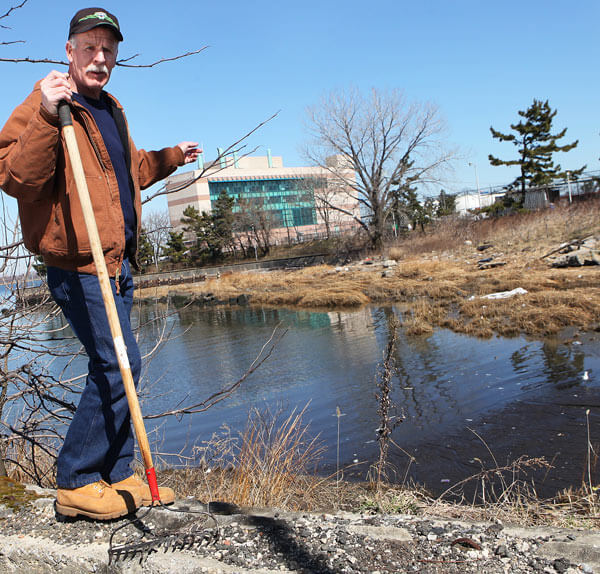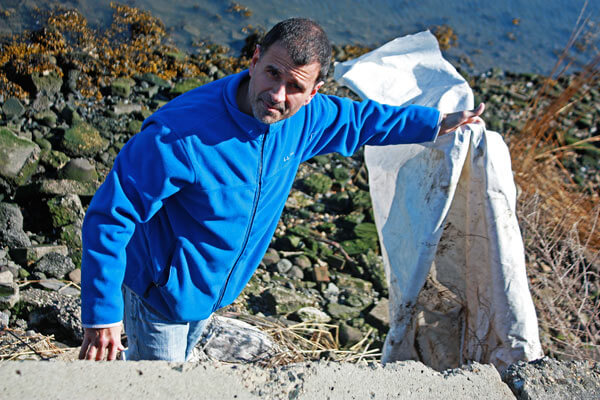By Joe Anuta
A northeast Queens wetlands expert is calling on the city to dredge out some of the boat yards along College Point as part of its plan to clean up the environment and stop sewage from spilling into Flushing Bay, a problem that is all too apparent to one yacht club in the area.
“It would be a great benefit,” said James Cervino, a marine scientist and environmental consultant for Community Board 7. “They could continue operating a small business in the area.”
Dredging is performed by sucking out sediment from the bottom of bodies of water and pumping it on land, where it is then disposed of.
Many of the boat yards in the area, including the College Point Yacht Club, are in sore need of dredging to enable their boats to get in and out of the docks during low tide, but the process does not come cheap, according to Cervino, also a CB 7 board member.
A permit and simply getting the dredging equipment into the water could run anywhere from $100,000 to $250,000, according to Cervino. In addition, a method to dispose of the sediment needs to be devised. After that, most companies charge by the cubic yard, which Cervino estimated would run a small boat yard like the yacht club anywhere from $10,000 to $30,000.
“It costs a fortune to get the machines out there,” he said.
But the large startup costs are already being forked over by the city, Cervino said, which plans to dredge right around the corner from the College Point Yacht Club.
Between LaGuardia Airport and the Flushing Promenade, there are two sewer outfalls, where excess sewage spills over during inclement weather. During heavy rainstorms, the extra water overloads the city’s antiquated sewer system, where stormwater and sewage are combined, and the excess spills out into the city’s waterways.
The city Department of Environmental Protection plans to dredge what it calls “Combined Sewer Overflow-related sediments,” since during low tide the mounds are exposed and waft a nauseating odor over onto the mainland.
The spot where the city is already dredging is about 3 miles away from the College Point Yacht club.
A representative from the DEP said he would look into Cervino’s suggestion, which was brought up at a CB 7 meeting last month.
Cervino said the College Point Yacht club has been a victim of combined sewer overflow problems as well.
During low tide, it sits essentially downriver from the Tallman Island Waste Water Treatment Plant. The plant, too, discharges all the things New Yorkers thought simply disappeared with the flush of a toilet.
“When it rains, you can see it wash over,” said Artie McCrossen, vice commodore of the club. “A sea of brown.”
That sea is peppered with other hygiene and contraceptive devices as well as general garbage, McCrossen said, during a recent interview at the club, which can accumulate around the boats and slips during low tide.
Since the city is set to spend $350 million to try and stop sewer overflows into Flushing Bay, the sea dogs at the yacht club would gladly take some assistance from the city.
Cervino hopes to convince the DEP to help the yacht club, along with other small marinas around the point.
He drafted a resolution on behalf of CB 7 to include these amenities as part of the DEP’s project.
Reach reporter Joe Anuta by e-mail at januta@cnglocal.com or by phone at 718-260-4566.


































